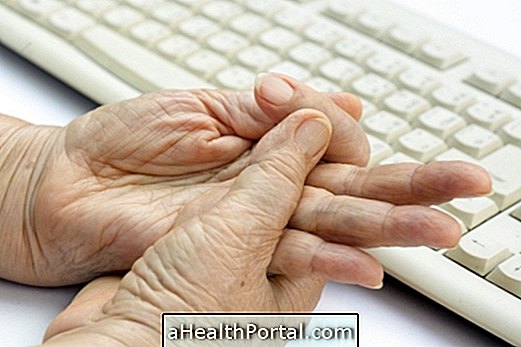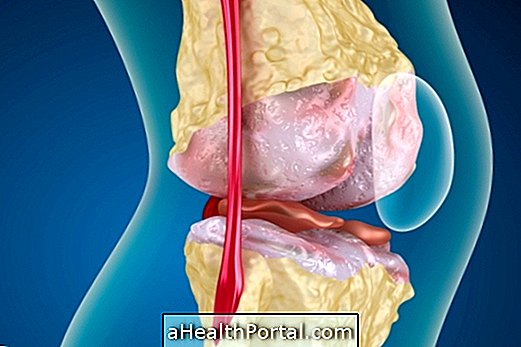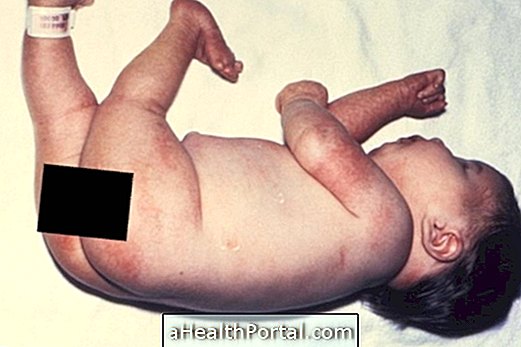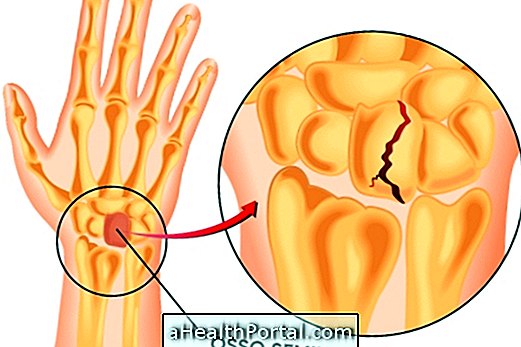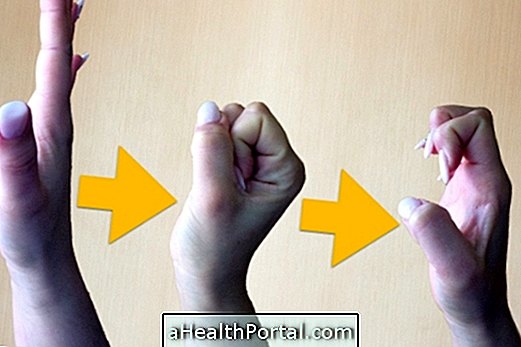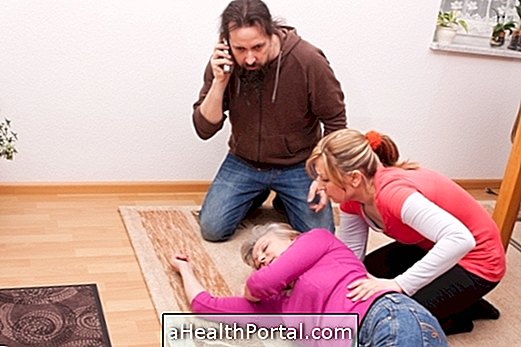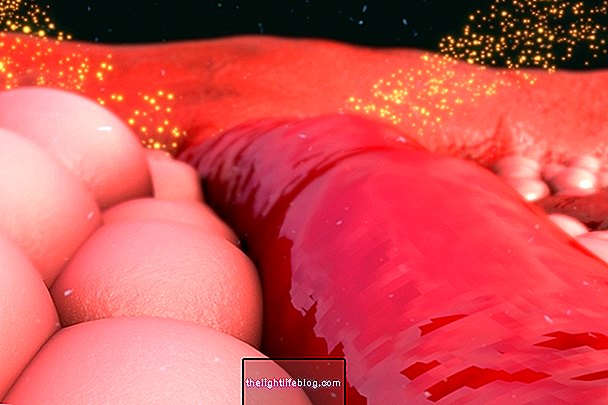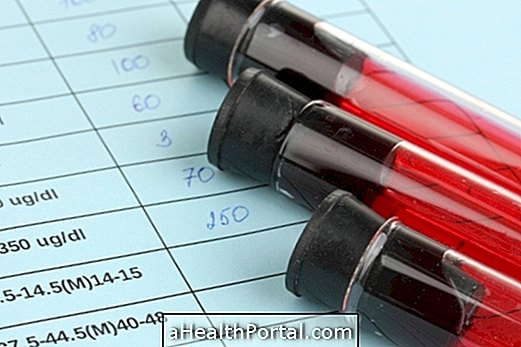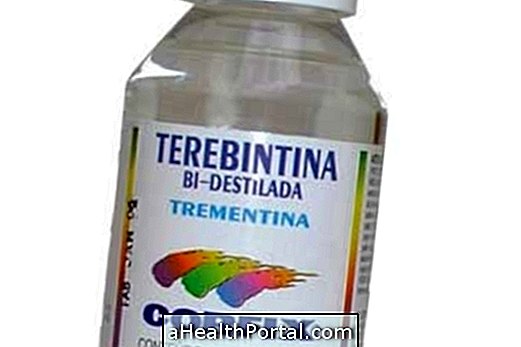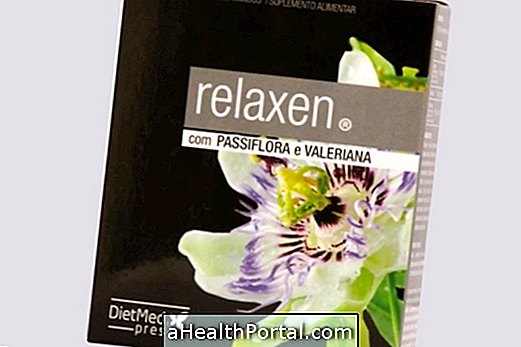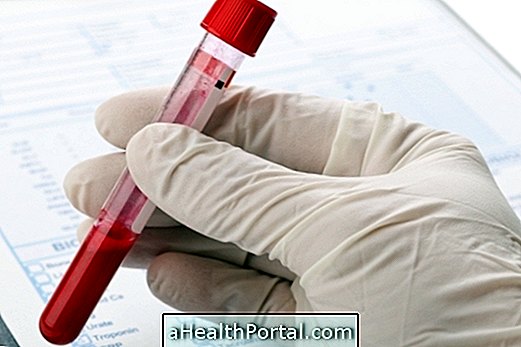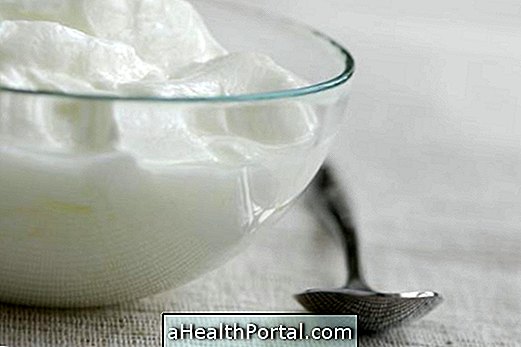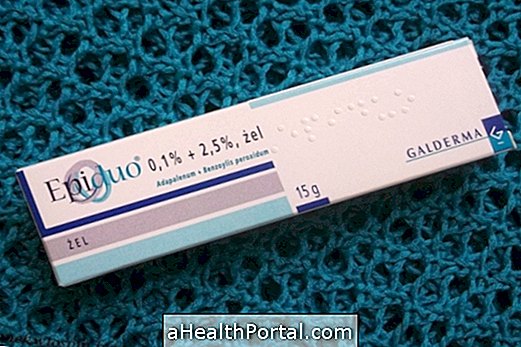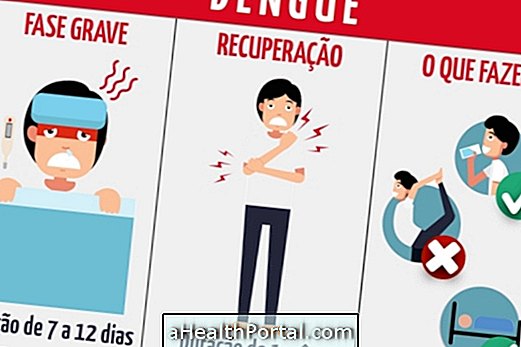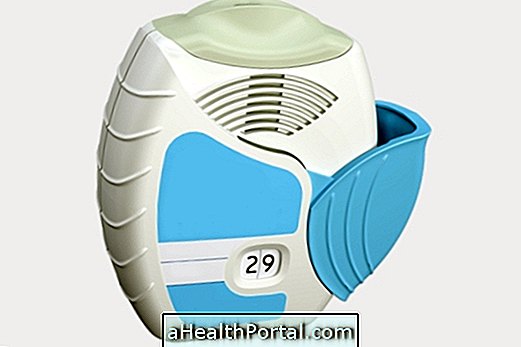Treatment for heel spurs helps relieve the pain and difficulty of walking caused by the friction of the spur in the plantar fascia. It is therefore recommended to use soft shoes with an orthopedic insole to better support the foot and prevent the spur from causing pressure excessive, relieving pain.
Check out everything you can do to relieve spur pain:
1. Stretching
Some stretching exercises of the plantar fascia may be used, such as pulling the toes up for 20 seconds or rolling the foot on top of a tennis ball to improve the elasticity of the fascia and prevent it from causing too much pressure on the spur, relieving the pain. You can also step on the end of the ladder step and force the heel down, keeping the sole of the foot and leg stretching.
2. Remedies
When the pain is delayed it is advisable to consult an orthopedist to prescribe anti-inflammatory drugs, such as Acetaminophen or Naproxen, which reduce inflammation at the spur site, making walking easier and pain relief quicker. Medications should not be taken without a prescription and it should be remembered that the remedies only relieve the pain and do not eliminate the cause of the spur, and this does not cure the spur, so it is important to follow other treatments.
3. Massage
For foot massage a good moisturizer for feet or sweet almond oil can be used. The person himself can massage his foot, but it is more relaxing when another person performs the massage.
You can also use ointments like Cataflan, Remongel, Calminex or Voltaren to massage the sole of the foot daily after bathing or letting the foot soak in cold water, for example. In the pharmacy of manipulation it is also possible to order an anti-inflammatory ointment that can warm up when applied daily.
Pressing while sliding the thumb over the sole of the foot is also a great form of treatment to heal the spur. See more tricks you can do at home in this video:
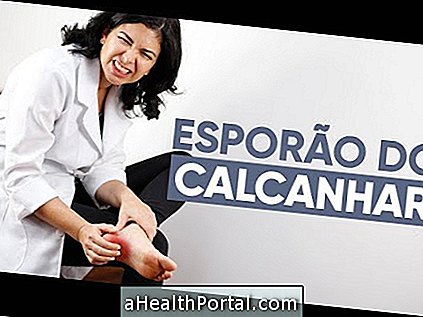
4. Wear Insole
Using a silicone insole is a good strategy to decrease body weight pressure on the sore area. Ideally, an insole should be used that has a 'hole' exactly where the spur is located because the whole sole of the foot is well supported and the sore area does not come in contact with the insole or the shoe. However, this insole should not be used for a lifetime and is only required for the duration of treatment.


5. Do Physical Therapy
Physical therapy for heel spurs includes the use of electrotherapy and ice application to reduce inflammation of the tissue around the spur, relieving pain when walking. Some examples of what can be done in physical therapy are:
- Ultrasound with neutral gel or with anti-inflammatory properties;
- Laser to help deflate and heal inflamed tissues;
- Crochet technique or deep transverse massage that can cause some discomfort, but frees the fascia;
- Use of a nocturnal splint on the foot, which immobilizes the ankle and lengthens the plantar fascia;
- Exercises to stimulate the ideal curvature of the foot and the mobilization of the fascia.
Physical therapy can be performed 3 to 4 times a week, until symptoms are eliminated.
6. Acupuncture
The needles used in acupuncture are also a good form of alternative treatment. Each session can be done once a week and brings relief and pain control.
7. Surgery
The heel spur surgery is used in the most severe cases to release the plantar fascia and remove the spur, definitely relieving pain. However, being a surgery, there are some side effects that can arise, especially tingling in the heel region.
After surgery, to avoid complications, it is recommended to rest for at least 2 weeks and keep the foot elevated with cushions so that it is above the level of the heart, preventing it from becoming swollen and delaying healing. In addition, you should only begin to put weight on the heel after the doctor's appointment, and you should start walking with the help of crutches. Here's how to use it: How to use crutches correctly.
Is Esporão a cure?
Once the spur is formed, no treatment will be able to completely eliminate it, so it is common for the pain to arise from time to time, whenever the person is careless and wears very hard shoes or becomes very barefoot, spending many hours of the day standing. The only way to eliminate this bone formation is through surgery, where the bone can be scraped by the surgeon. However, if the factors that led to the development of the spur are not resolved, it may reappear.
